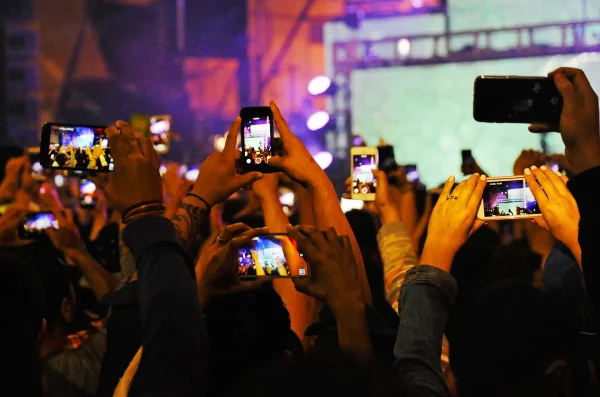Banning books: A fundamental barrier in educational literature
Mar 7, 2022
In 1982, Banned Books Week was established for the first time in response to the sudden surge of book challenges in schools, bookstores and libraries across the United States. The designation of this week served to fight against those who attempt to needlessly censor literature because it includes topics they find objectionable. But 40 years later, we are still fighting the same fight, and having the same conversation that was had in 1982.
According to the American Library Association report, there were 330 “book challenges” in the fall of 2021, a significant increase from the same period last year. If you are unaware, banning or challenging books is a form of censorship, motivated by, “a desire to protect children from inappropriate sexual content or offensive language.
Some of the classics including “The Handmaid’s Tale,” “To Kill a Mockingbird” and “Lord of the Flies” have remained on banned books lists since the start, but more frequently books about the Holocaust, books that include LGBTQIA+ themes and more have been appearing on them as well.
Banning and challenging books should be a thing of the past. According to Laurie Halse Anderson, famed author of “Speak,” a book that frequently appears on banned book lists due to explicit sexual content, “censorship has nothing to do with protecting children it has to do with protecting adults who don’t want to have difficult conversations with those children.”
Some of the books that appear on banned book lists most frequently are some of my favorites, books that have allowed me to gain empathy and learn new things. According to an Iowa Public Radios interview with teacher-librarian at Southeast Junior High in Iowa City Chelsea Sims, “Students deserve to see themselves in books, but they definitely deserve to be able to explore the world through other people’s perspectives.” Banning these books simply on the basis that some people don’t agree with them is ridiculous and serves no purpose other than to inhibit the education of young people.
According to the American Library Association’s Office for intellectual freedom, 50% of the challenges on books were initiated by parents, 43% take place at public libraries and 38% take place at schools. This means that when children go to school or the library, they are left with fewer options for important literature.
Overall, banning and challenging books is a ridiculous idea, done to make adults feel they have control over their children’s education. In reality, it impedes the education of young people, preventing them from learning about the holocaust, racism, LGBTQIA+ themes and more.
So, the next time you go to a library, pick up a banned book and give it a read. Then feel grateful you had the opportunity to read it at all.















